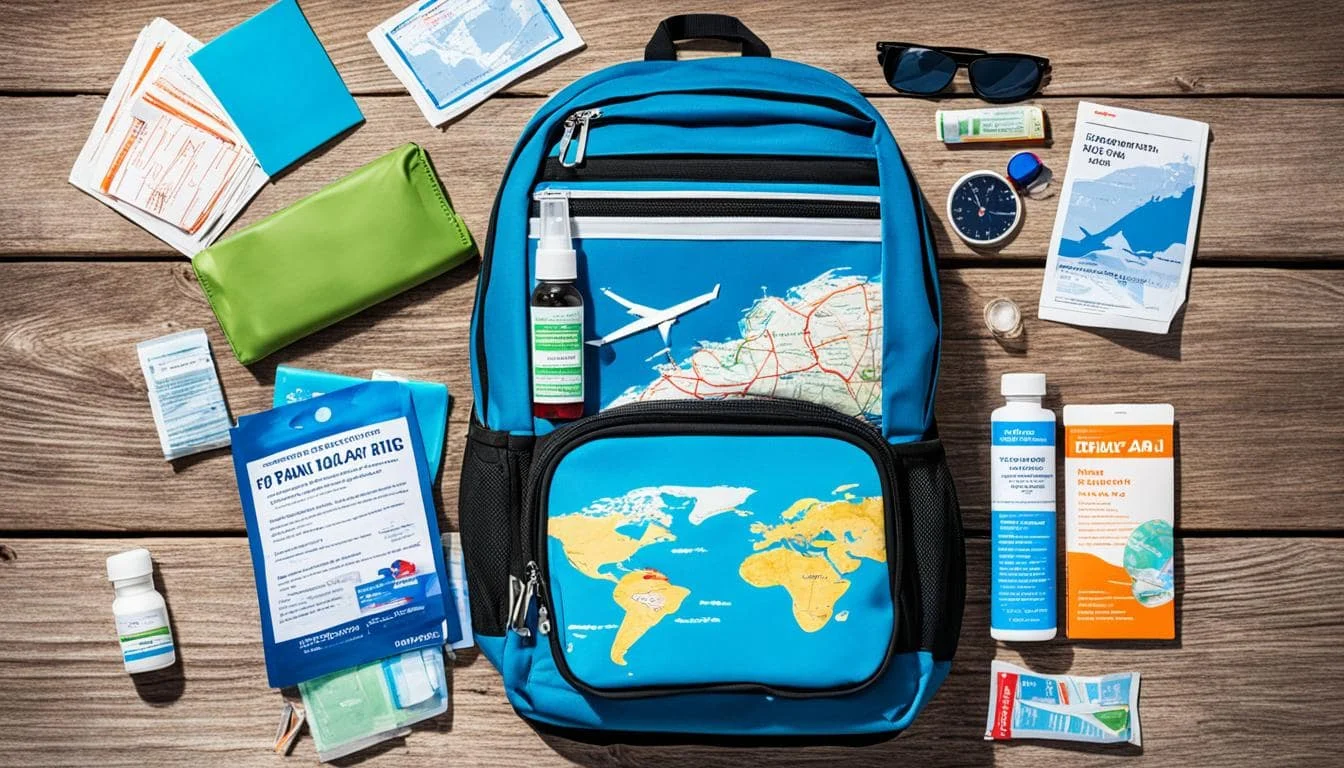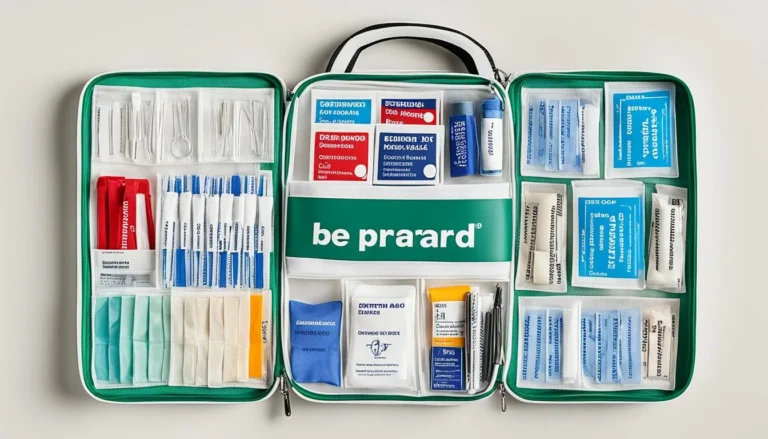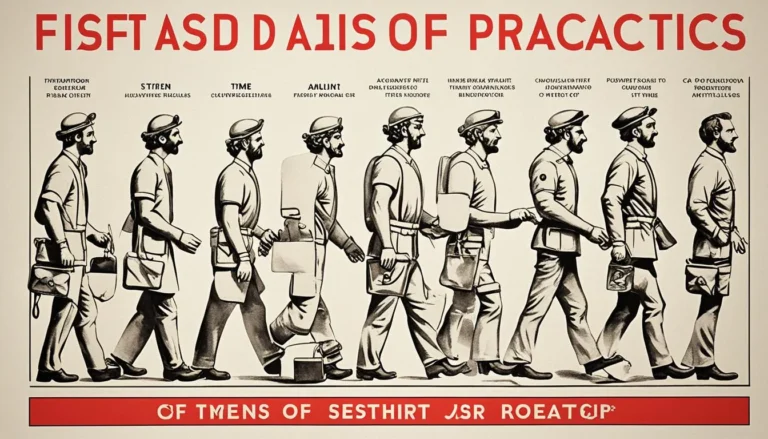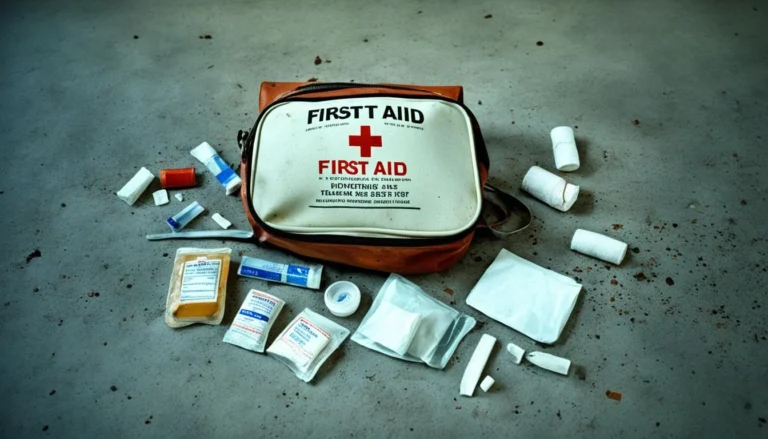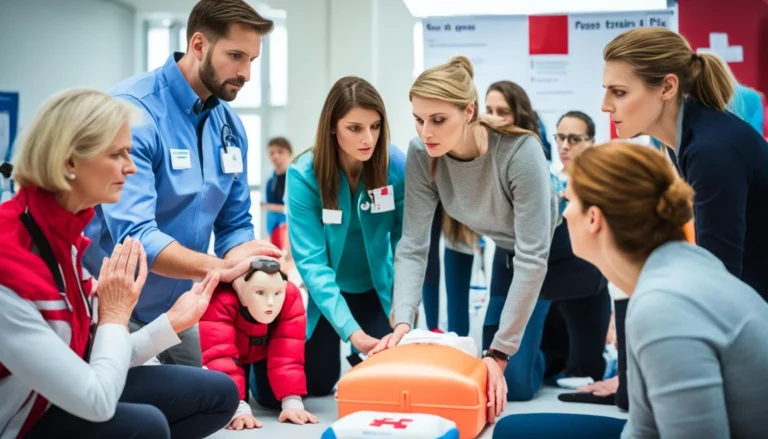Can You Bring First Aid Kits on Planes?
Yes, you can bring first aid kits on planes, but there are certain restrictions and guidelines you must follow, especially if you are carrying the kit in your carry-on luggage. Here are the key points to consider:
Scissors: If your first aid kit contains scissors, they need to be less than 4 inches(6cm) from the fulcrum to be allowed in your carry-on.
Liquids: Lotions, Creams, and Gels: Any liquids, lotions, creams, and gels, such as vaseline, must be in containers that are 100ml or less if they are in your carry-on. These items also need to be placed in a clear, quart-sized bag to comply with TSA’s liquids rule.
Medications: Prescription medications should be kept in their original packaging and it’s advisable to have a copy of the prescription with you. Over-the-counter medications are also allowed.
Sharp Objects: Sharp items, such as tweezers and small scissors, are generally allowed in carry-on luggage as long as the scissors are less than 4 inches. However, it’s recommended to place sharp objects in checked baggage to avoid any issues during the security screening.
Declaration of Medical Items: If you are carrying larger amounts of medically necessary liquids, gels, or aerosols, you must declare them to security officers at the checkpoint.
Airlines’ First Aid Kits: Most airlines provide a comprehensive first aid kit on board, so carrying your own is not strictly necessary, but it is allowed and can be useful, especially for personal medications or specific health needs
Over 4.5 billion passengers fly each year. Think about how many could need medical help during a flight. People often wonder what first aid items they can bring on a plane. Knowing what you can pack is key, especially in the tight space of an aircraft.
Airline rules vary, especially in the UK. Items like gauze, bandages, and gloves are usually okay in your carry-on. But, for international flights, the rules change. You need to know which medical items are okay to bring. Any liquids in your kit can’t be more than 100 ml. They must go in a clear, sealable bag for security. Sharp items are checked carefully.
Key Takeaways
- Basic first aid items are generally allowed on flights, but it’s wise to be acquainted with airline-specific restrictions.
- International flights may have more stringent rules compared to domestic airlines regarding medical supplies air travel.
- Liquids and gels in first aid kits, such as antiseptic wipes or creams, should adhere to the 100 ml restriction and fit within a resealable plastic bag.
- Sharp objects within health kits, like scissors, are permissible under certain length conditions.
- Some medical supplies like glucose gels or epinephrine auto-injectors must be declared at security and may require prior approval.
- Awareness of airline regulations for health kits is crucial for a hassle-free journey.
Understanding Airline Regulations for First Aid Items
Getting ready for a flight means knowing what first aid items are allowed. It’s important because we must not forget our health. Knowing the TSA’s rules for medical items is key for a smooth trip.
Overview of Permitted and Restricted First Aid Components
Packing your carry-on with first aid must-follow airline rules. You can bring small scissors, gauze, bandages, and wipes. But, items like syringes need special permission. Knowing what’s allowed helps avoid problems at security.
Navigating Airport Security with Medical Supplies
Telling security about your health items is important. If you have conditions like diabetes or allergies, declare items like glucometers or injectors. This helps you take your important medicines on the plane without trouble.
Liquids and Gels: Adhering to the Restrictions
The TSA has rules for carrying liquids. Your first aid liquids must be 3 fl oz or less. They should fit in a quart-sized bag. Knowing these rules helps you get through security easily.
| First Aid Item Category | Carry-On Permitted | Restrictions |
|---|---|---|
| Bandage Scissors and Other Tools | Yes (Blades under 4 inches) | Blade length beyond 4 inches must be checked in |
| Bandages and Gauze | Yes | N/A |
| Liquids and Gels | Yes | Limited to 3 fl oz (100 ml) each, must fit in a quart-sized bag |
| Syringes and Needles | Yes | Must be declared, sometimes requiring a doctor’s note |
Remember, being up-to-date with travel rules makes your trip smoother. It keeps you ready for any health issue.
Preparation Tips for Packing Your First Aid Kit
When planning for trips, making your own customized travel medical kits is key. It’s important for your kit to suit your trip and follow international rules. Whether you’re off to a calm beach or a thrilling mountain journey, good prep helps keep you safe.
When packing first aid, it’s all about being smart and ready. Start with the basics and imagine having a small but full kit. This can help a lot if someone gets a minor injury.
- Keep a stock of adhesive plasters and bandages of various sizes to cover small cuts and abrasions.
- Include antiseptics and sterile wipes to disinfect wounds quickly and keep infections away.
- Carry your needed medicine in its original box, making sure the labels are easy to read.
- If you’re going somewhere remote, think about adding things like syringes and lancets that are sterile.
Packing first aid means getting ready for things you didn’t expect. Having extra stuff means less worry if you lose something or run out, especially on long trips or in places where it’s hard to find a pharmacy. A well-made kit is a must-have in your travel bag.
| Item | Purpose | Quantity |
|---|---|---|
| Adhesive plasters | Covering minor cuts | A range of sizes |
| Antiseptic wipes | Wound cleansing | Minimum 10 packets |
| Sterile gloves | Sanitary aid provision | 2 pairs |
| Prescription medications | Health management | Sufficient for trip duration + extra |
| Sterile syringes (if applicable) | Medical injections | Dependent on individual needs |
Having customized travel medical kits is very important for your trip’s health prep. Putting effort into making your kit can really help you. It lets you enjoy making memories without worrying about health problems.
Are First Aid Kits Allowed On Planes
It is important to know the rules for domestic flight first aid and international travel first aid policies. Where you go, how long you will be away, and your health needs matter. This info helps you get ready with health supplies for flying.
Domestic vs International Flight Protocols
On domestic flights in the United States, you can bring essential medical supplies travel with less worry. But, international travel first aid policies could be stricter. They may ask you to follow more rules even for simple items like bandages. Always check the latest advice from airlines or official guides to make your trip smoother.
Items That Require Special Approval
Some items need special approval medical items. This means checking them with security. Things like syringes for diabetes care must be declared before you fly. Getting special approval usually means showing these items and medical notes at security.
Carrying Essential Medication: What to Know
Handling travel medication can seem hard. But planning ahead helps a lot. Keep all essential medication air travel in its original box with a clear label. Bring prescriptions or doctor’s notes to explain why you need them. It’s good to take extra medicine in case your plans change.
Being ready and knowing the rules is key. Flying with health supplies doesn’t have to worry you. If you keep up with new rules and prepare well, you can travel without stress. This helps make travelling with health considerations flying easier.
Travelling with Medication and Managing Health Abroad
When travelling with health conditions, planning your travel health strategy is key. You need to think about your meds and other steps for staying safe. Knowing about international health management helps a lot when dealing with health issues in new places.
Having clean water is very important because dirty water can make you sick. You should know how to make water safe to drink. This includes boiling it, adding chemicals, or using a good water filter. It’s also important to avoid insect bites that can cause diseases like malaria or dengue fever. Using insect repellent, wearing long sleeves, and using bed nets are good ways to stay safe.
Staying safe from the sun is not just about sunscreen. It also means wearing hats, glasses, and clothes that cover your skin. Knowing how to stay safe in the sun is important for not getting hurt by too much sun. Below is a table with some things you should think about to stay healthy while you’re away:
| Health Risk | Preventative Item | Purpose |
|---|---|---|
| Contaminated Water | Water Purification Methods | To prevent waterborne illnesses |
| Insect Bites | Insect Repellent & Protective Clothing | To deter insects and reduce the risk of insect-transmitted diseases |
| Sun Exposure | Sunscreen & Protective Gear | To protect skin and eyes from harmful UV rays |
It’s very important to know about healthcare where you are going. This is especially true if you already have medical conditions. Find out where the nearest hospitals, clinics, and pharmacies are. Always carry something that says you have a medical condition like allergies or diabetes. This could be a tag or a bracelet.
Before you travel, looking at health tips for where you’re going is a good idea. These tips can tell you if you need shots, meds, or to take other steps before your trip. Making a good travel health strategy means you can have fun without worrying too much. This is very important for people travelling with health conditions.

Conclusion
Getting ready to fly with first aid and medication needs careful planning. It’s important to know about airline and health rules. This helps you get ready for any health issues that might come up. Make sure your first aid kit and medicines follow these rules. This is key for safe travel with medication.
One important thing to do is keep up with rules about liquids and gels. Knowing these rules and having the right papers for your meds make travel easy. It’s also good to think about different health problems and how to deal with them while travelling.
The main goal of being prepared for health when flying is to travel with confidence. Following these tips makes going through airport security smoother. It also gives you peace of mind. This lets you enjoy the fun and new things of flying. After all, exploring with good health and safety makes travelling best.

